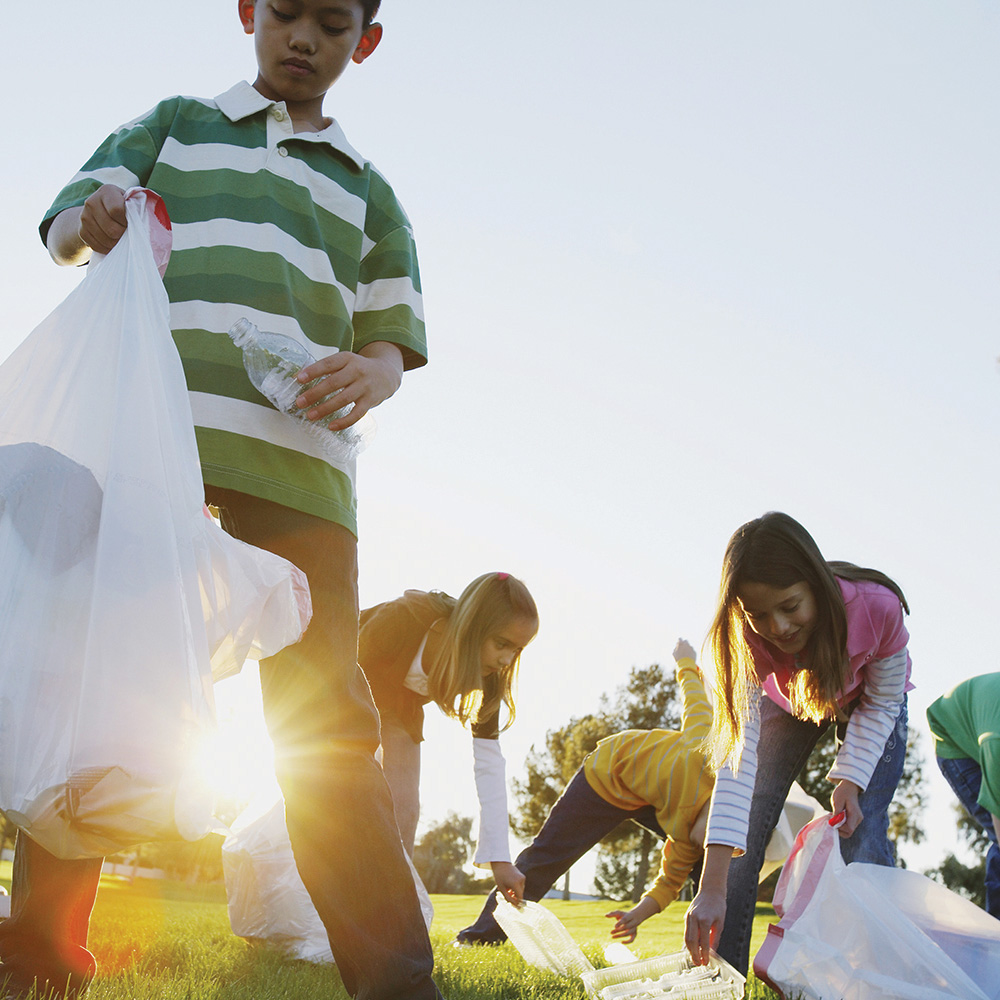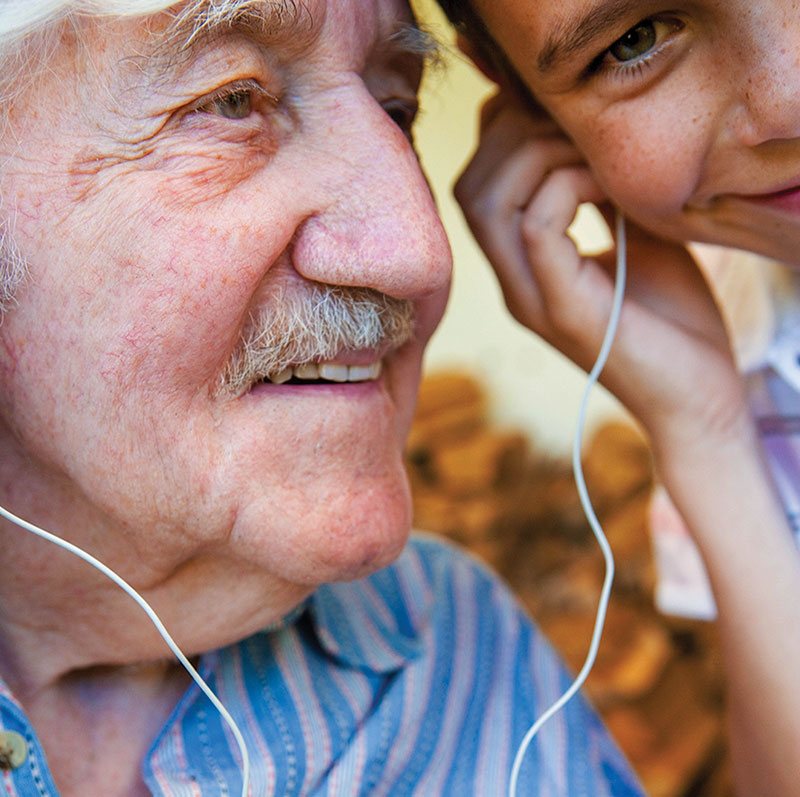Getting the entire family together can take a little effort. There is no shortage of activities that pull family members apart most days of the week, from work obligations to sports practices to school events. The United Kingdom-based media provider Independent reported in 2023 on a study of 2,000 parents with children at home. The study found families are only spending six hours a week together, which is less than an hour each day. Furthermore, they only eat meals as a household four days out of seven.
Eking out more time for family may be as easy as scheduling activities that everyone can rally behind. Family game nights give everyone an excuse to gather at least once a week. These tips can make family game night a can’t-miss activity.
Start with Simple Games and Branch Out
The first step to a successful family game night is choosing the right game to engage all participants. This can be challenging when there are young children, teenagers, middle-aged adults, and even seniors participating. Visit an independently owned toy and games store and pick the brain of the proprietor. He or she will likely have some suggestions to get you started. As participants become more comfortable, you can branch out with games.
Make It A Recurring Event
Set a firm day of the week for the game night. This way participants will block out that date and time and make every attempt to attend. Treat game night like any other important appointment.
Consider Games With Movement
Game night doesn’t have to mean sitting around a board game, which young children who have trouble sitting still may characterize as a “bored” game. Games that get people moving, whether it’s charades, drawing games or a game such as Twister® can be more engaging. Game night also can take activities to a golf driving range or an arcade.
Gather For The Right Reasons
Game night should focus on having the entire family together laughing and competing in a good-natured way. It should not be a strict competition where winning is the only goal. Avoid the potential for sore losers who can sour game nights in a flash by letting everyone know that fun is the foremost priority of the night.
Offer Prizes
Encourage participation with the lure of prizes at the end. Prizes will not just go to the overall winner. There can be humorous awards, such as the player who messed up trivia questions the most, or the one who rolled matching pairs of the dice most frequently. You can customize the winning categories depending on the game played so everyone gets a fighting chance at a prize. Keep awards simple, like candy bars or other appealing treats.
Identify A “Game Master”
Every game night should feature a game master who presides over the rules of the game. The rules can be the ones strictly off of the information sheet, or the ones you customize for your own fun. The game master’s job is to make sure the rules are enforced, but also to determine when it’s alright to let things slide.
Family game nights are a vital way to bring everyone together at least once a week in a manner that is entertaining and fosters solid family relationships.















